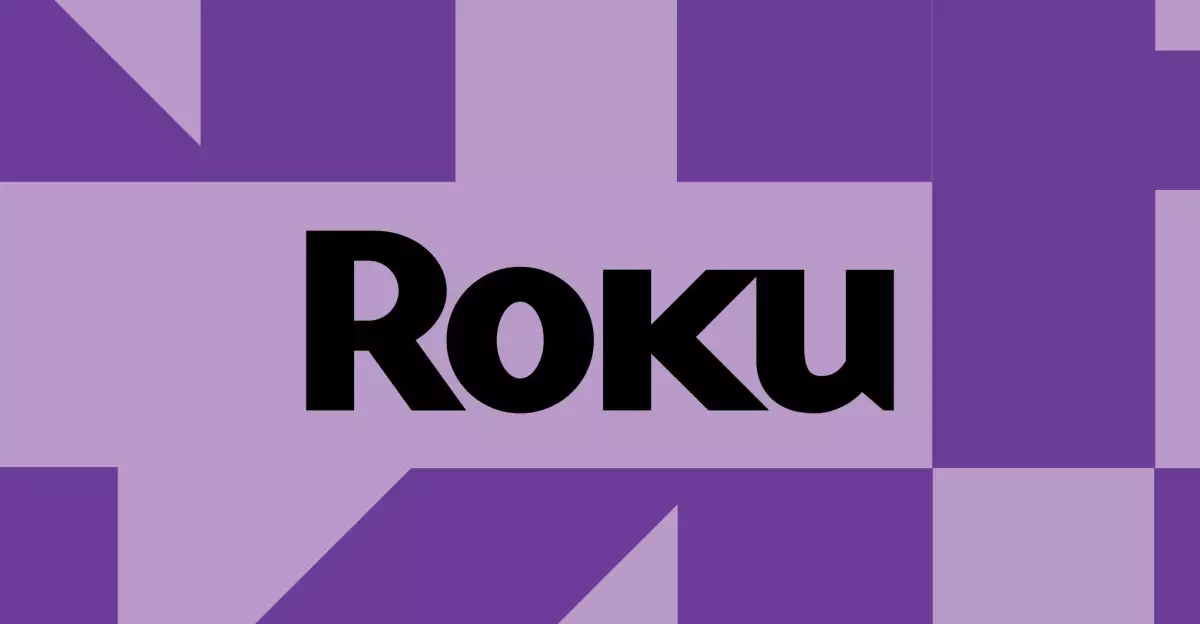High Dynamic Range (HDR) streaming has undoubtedly revolutionized the way we experience media. It elevates the viewing experience, providing vibrant colors and stark contrasts that transport viewers closer to the creator’s vision. Consumers investing in advanced TV technology have embraced HDR as a benchmark, enhancing their journey into the world of cinema and home entertainment. However, achieving this optimal viewing experience requires more than just the latest television; it demands seamless collaboration between hardware and software. Recent developments have put this synergy to the test, revealing the vulnerabilities in systems that many rely on for their entertainment needs.
A Dark Shadow Looms Over Roku
Recent reports have surfaced detailing troubling issues affecting Roku users when streaming HDR content, particularly from platforms like Disney Plus. The situation appears to have emerged following a routine software update from Roku, which inadvertently compromised users’ experience, leading to washed-out colors and overall dissatisfaction. The nature of the problem is striking: vibrant images are muted to pale shades, robbing them of the richness that HDR promises. This color crisis intensifies concerns about the reliability of streaming services and their compatibility with devices.
A noteworthy aspect of this issue is the varying experiences reported across different TV brands running the Roku platform. Users with TCL televisions initially seemed to bear the brunt of the problem, but it quickly became apparent that those using Hisense models were equally affected. This inconsistency may hint at broader software issues rather than isolated incidents, raising alarms among consumers who expect the highest quality without interruption.
The Community Speaks Out: An Unveiling of Issues
The community’s response has been both poignant and revealing. As dismay turned to active discourse, many voices united to share their firsthand experiences with this HDR dilemma. Comment threads blossomed with visuals illustrating the stark disparity between expected quality and the reality of what they were witnessing. Users cleverly contrasted HDR content from Disney Plus against other streaming applications, revealing that the washed-out experience extended beyond just one platform and seemed to permeate the Roku ecosystem itself.
This diverges from the typical user experience, where a single app may falter due to its own parameters or settings. When users noticed similar issues across services such as Netflix, YouTube TV, and Amazon Prime Video, it painted a broader picture of a malfunctioning software update that may have inadvertently affected multiple channels and content types. The ripple effect of this problem raises a critical question: how could a routine update disrupt the quality of HDR content across so many diverse applications?
Understanding the Technical Implications
In the age of rapid technological advancement, it’s imperative to understand the intricacies of how software updates can impact hardware performance. While HDR content requires high brightness levels to diffuse the expansive range of color and light, the current predicament hints at deeper system errors within Roku’s handling of its software ecosystem. As various users noted, while HDR streaming may fail to deliver adequate performance, other HDMI-rendered sources—such as a PS5 or a 4K Blu-ray player—maintain their integrity without issue. This suggests that the problem is more nuanced than a generic hardware failure.
Moreover, the vividness of HDR content relies heavily on the interplay between the digital signal and the TV’s display capabilities. The transition from vibrant imagery to desaturated output isn’t merely frustrating—it’s an affront to the standard that consumers expect. Users who initially turned off HDR settings due to inadequate performance are now left questioning whether they’ve made the right investment in Roku-confirmed devices.
A Call to Action for Immediate Resolution
As the waves of frustration rise, Roku must recognize the urgency of resolving these issues to restore user confidence. Proactive engagement with affected consumers, transparent communication regarding troubleshooting efforts, and, more importantly, a swift rollout of a patch to rectify these color issues should be priorities. The streaming wars are fierce, and loyalty hinges on reliability and quality.
In an era where cinematic experiences increasingly hinge on premium viewing dynamics, the onus is on companies like Roku to not only innovate but also to ensure that their updates do not compromise user experiences. Fans of streaming entertainment are investing in premium devices with one expectation: to be enveloped in richness, clarity, and vibrant color. As the situation unfolds, Roku’s response will undoubtedly dictate their reputation and the future of their HDR offerings within the competitive landscape of digital streaming.


Leave a Reply